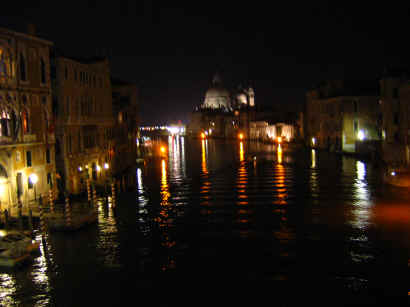|
Venice made many attempts to regularize prostitution, seeking, for example, to confine it to certain areas (notably the banking area around San Cassiano and the Rialto). Courtesans were also forbidden to wear pearls, clogs, and fine clothes, or to decorate their boudoirs too extravagantly. The rules seem to have had little effect, however. Coryat wrote that women came to him “decked like the Queene and Godesse of love”; and according to a contemporary report a Spanish ambassador was so overwhelmed by the richness of one brothel that rather than “soil the rugs and hangings around him, he chose, with a delicacy that did him credit, to spit on the face of one of his valets.”
The Venetian trade in flesh, however, was not all one way. Women, too, could take their pleasures where they found them. Nuns in particular were renowned for their moral laxity. Convents, wrote de Brosses, “had the reputation of favoring assignations… Indeed, nuns are among the most attractive among all the women in Venice.”
*
Venice’s attitude to Jewish people remained ambiguous [throughout the Middle Ages]. In 1516 the Senate voted to create the world’s first ghetto (the move had been motivated by increasing numbers of refugees.) they were given just ten days to repair to the chosen spot, a small island almost completely cut off from the rest of the city (the Giudecca and Murano had been rejected as possible locations). Its outer walls and houses remained windowless, and its canal – crossed by just two bridges – was sealed at night and padlocked by four Christian soldiers (paid for by a tax levied on Jewish people). They could move freely during the day (but still had to wear red hats) and remained restricted as to the number of trades they could follow (which is why the Campo del Ghetto Nuovo once supported some 60 tailors’ shops).

At the Guggenheim Collection, before hurrying to the gallery proper, take a moment or two to reflect on the setting, the oddly modern-looking Palazzo Venier, begun in 1749. Never completed, hence its curiously truncated single story (and its nickname, the Nonfinito, or Unfinished), it was designed to house the Venier, one of Venice’s most illustrious families. Peggy Guggenheim was not the palace’s first eccentric owner, nor, for that matter, was this its first brush with a woman inclined to the avant-garde. Earlier in the 20th century the building belonged to one Marchesa Luisa Casati, a Milanese patron, socialite, and high priestess of the eccentric. A committed partygiver, she hosted bacchanals for the leading Futurists which involved spraying the palace’s garden with lilac paint (plants and all), and filling it with apes, Afghan hounds, and gold-sprayed naked “slaves.” Dressed by Russian ballet designer Basket, she liked to drift among her guests leading a pair of leopards, tangoing all the while to the accompaniment of a nude pianist.
-- Fodor’s Exploring Venice
|